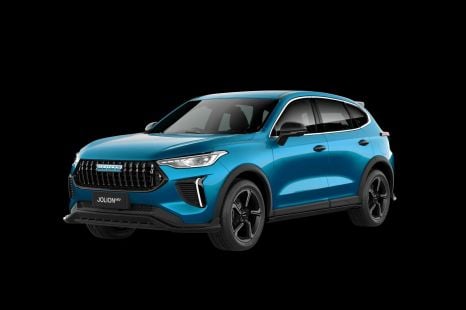

William Stopford
Australia’s cheapest hybrid SUV just got cheaper
8 Minutes Ago
Mercedes-Benz's Drive Pilot Level 3 autonomous driving system has been approved in Germany and is slated for a first half of 2022 debut.

Contributor
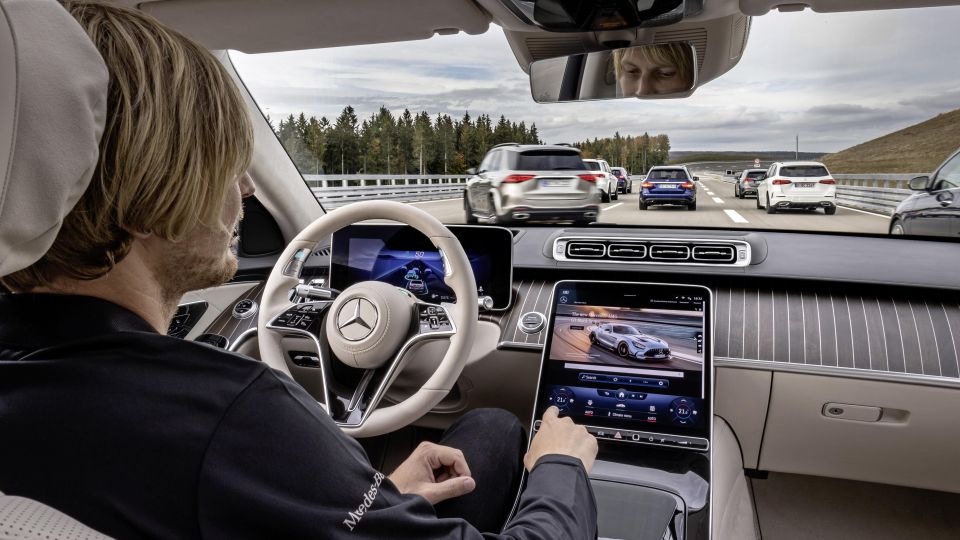

Contributor
Mercedes-Benz has joined the exclusive club of automakers offering a legally-approved Level 3 autonomous driving system.
The German Federal Motor Transport Authority (KPA) has officially granted approval for Mercedes-Benz’s LiDAR-based ‘Drive Pilot‘, albeit at speeds below 60km/h.
From the first half of 2022, German customers will be able to buy a new S-Class with this SAE Level 3 Drive Pilot autonomous driving technology, designed to lighten the burden of traffic jams.
Mercedes-Benz also outlines that this autonomous driving system German approval applies to the electric EQS
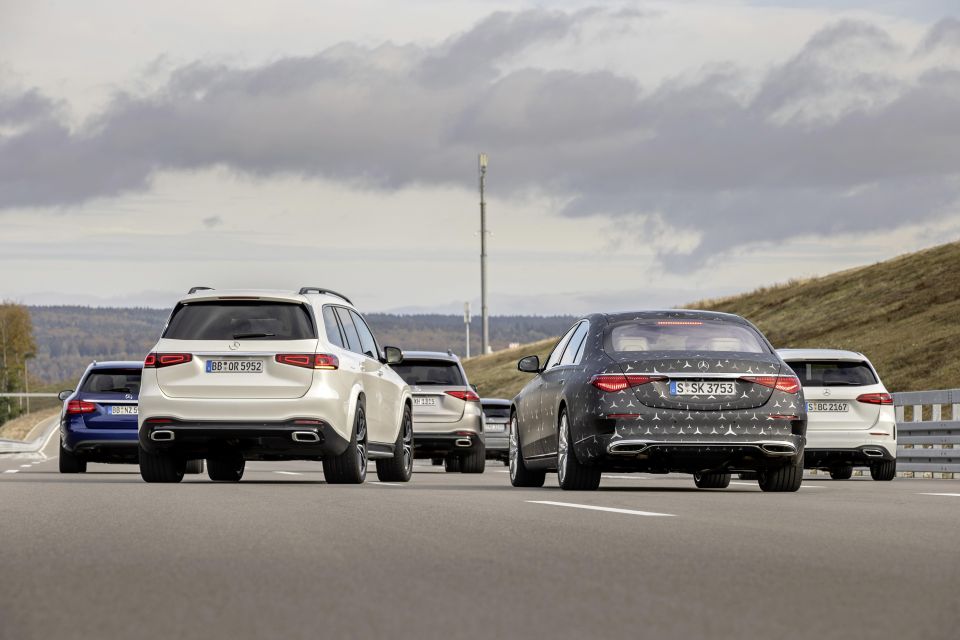
Level 3 autonomous driving means a driver can take their hands off the steering wheel in certain situations like highways and traffic jams, and even take their eyes off the road.
The system is required to alert the driver within a certain period of time if they need to take over driving.
MORE: How autonomous is my car? Levels of self-driving explained
The automaker is initially offering its Drive Pilot system on 13,191 kilometres of German motorways.
However, Drive Pilot is initially legally permitted at speeds of up to 60km/h and can be activated and controlled by buttons on the steering wheel.
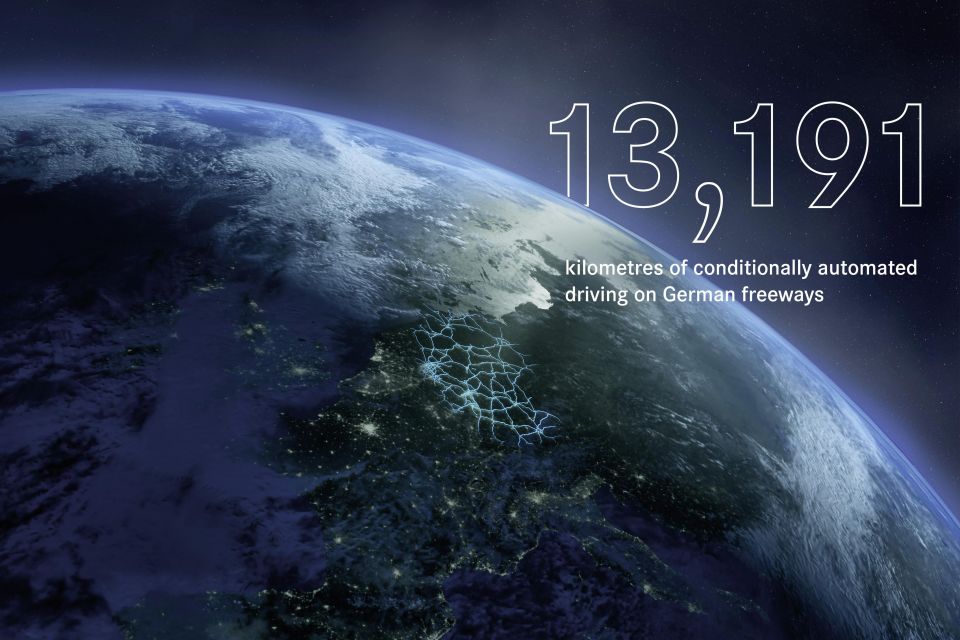
Mercedes-Benz indicates this system is best used in heavy traffic or congested situations that allow the system to take the strain off the driver.
By using LiDAR, cameras, microphones, and a special wetness sensor in the wheel well, the Drive Pilot system controls the speed of the vehicle as well as the distance from the vehicle ahead, and also guides the vehicle within its lane.
The system can also react to unexpected traffic situations and handles them independently. It does this by doing evasive manoeuvres within the lane or braking.
On top of the sensor data, the Drive Pilot system receives information about the road geometry, route profile, traffic signs and up-to-date traffic data from a “digital high-definition map” that can be updated.
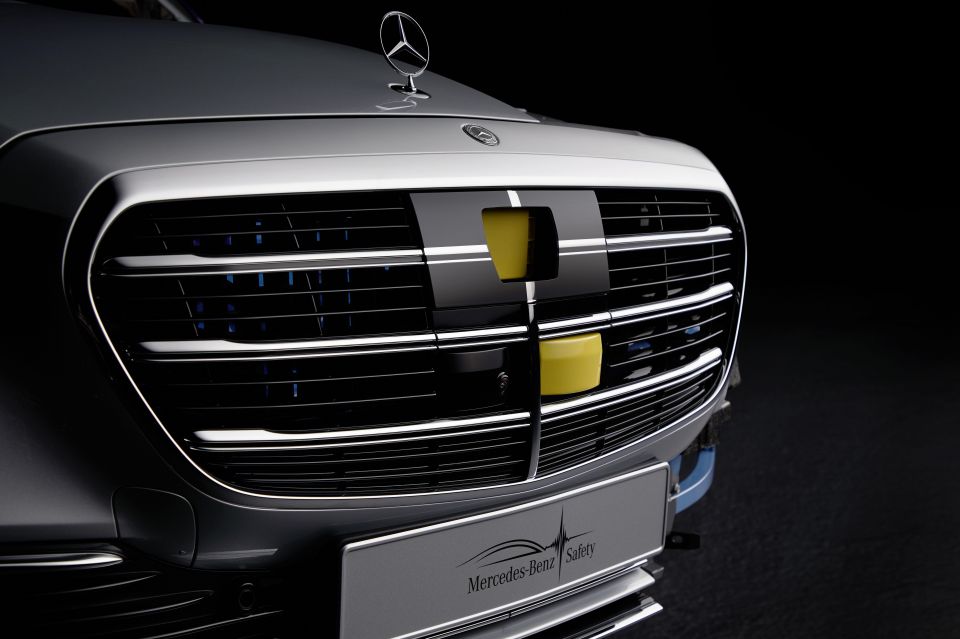
This digital high-definition map is said to have a higher accuracy than other navigation devices, as well as detailed intersection and track model data.
At the heart of it all is Mercedes-Benz’s central control unit that provides all of the framework and algorithms required for the Drive Pilot system.
If the driver fails to take back control of the vehicle in the case of an emergency after being audibly and visually prompted numerous times, the Drive Pilot system will slowly bring the car to a standstill with the hazard lights on.
Once the vehicle has stopped, the vehicle will activate the Mercedes-Benz emergency call system and unlock all the doors and windows.
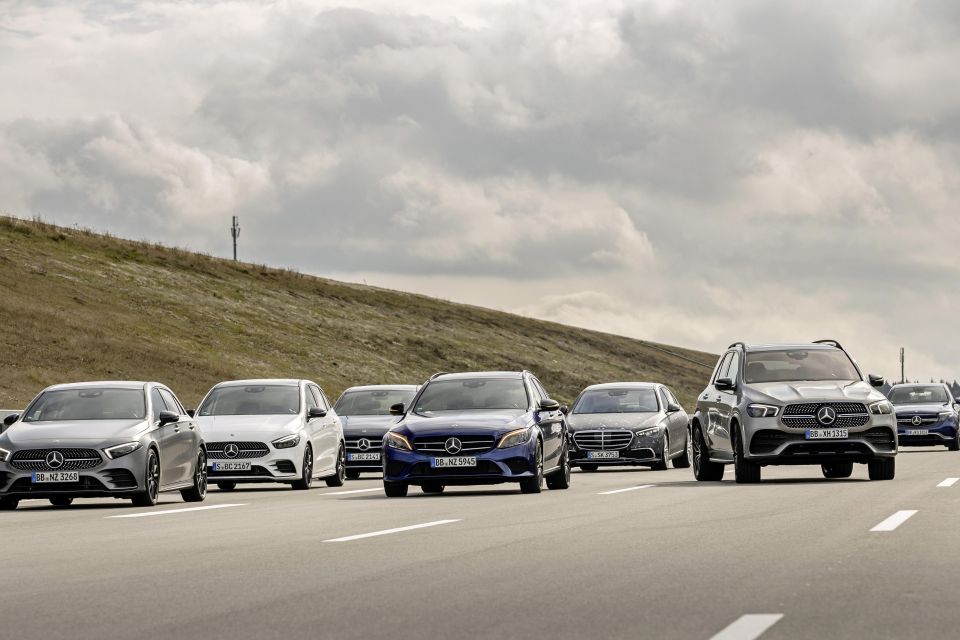
Mercedes-Benz said that extensive test drives in the USA and China are already underway, with the technology set to be rolled out step by step in additional markets as soon as there’s national legal framework for Level 3 autonomous driving systems.
Mercedes-Benz touted the fact it has become the first automotive company to meet the legal requirements of the stringent UN-R157 regulation for automated lane-keeping systems.
By meeting this regulation, Mercedes-Benz says it’ll pave the way for offering an autonomous driving system like this internationally.
At this stage, Australian legislation isn’t clear about whether Level 3 autonomous driving can be offered here.
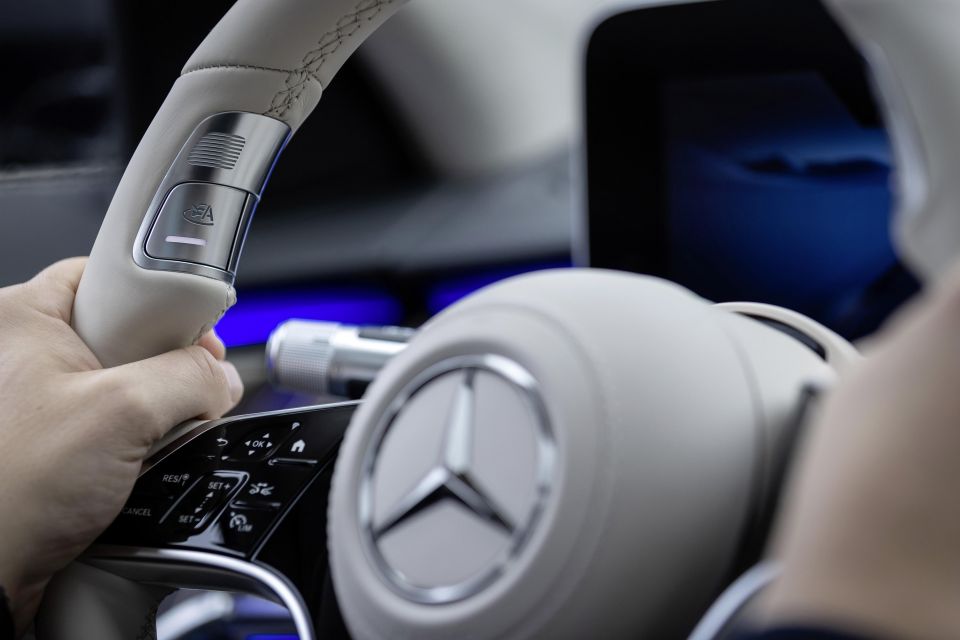
One of the few other Level 3 autonomous vehicles currently available is the Japanese-market Honda Legend sedan, with its Traffic Jam Pilot system allowing it to navigate congested freeway traffic autonomously.
It rivals Nissan’s ProPilot 2.0 that is said to be a hands-off self-driving feature designed for on-ramp to off-ramp highway driving.
According to Nissan, the system can handle passing, lane diversions and lane exiting by using its navigation system and “360-degree sensing”.
A similar Level 3 technology was shown off by Audi at the launch of its fourth-generation A8 sedan in 2017, but has since been delayed.
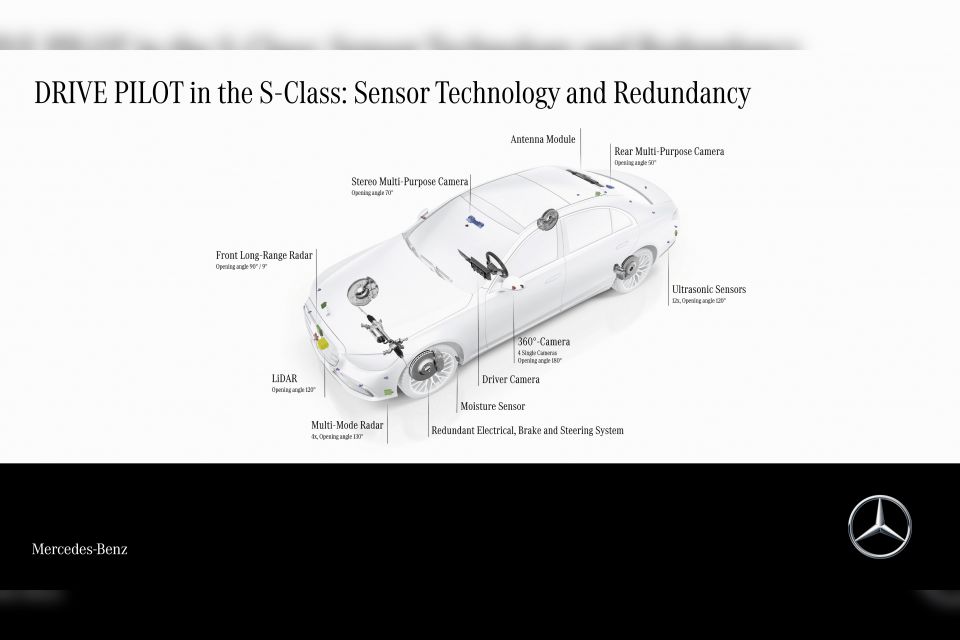
BMW Director of Development Frank Weber confirmed in an interview with Forbes Wheels that the next-generation BMW 7 Series will debut with a Level 3 autonomous driving feature.
The next-generation 7 Series is expected to debut in late 2022 or early 2023, but will most likely be shown as a concept during 2022.
Tesla’s ‘Full-Self Driving’ mode on the other hand is effectively a Level 2+ driver support technology, with drivers required to have their hands on the steering wheel at all times.
It therefore doesn’t meet the standard for a Level 3 classification.
GM’s Super Cruise and upcoming Ultra Cruise systems are also considered Level 2+ systems, something the company has said publicly.
Where expert car reviews meet expert car buying – CarExpert gives you trusted advice, personalised service and real savings on your next new car.
Jack Quick is an automotive journalist based in Melbourne. Jack studied journalism and photography at Deakin University in Burwood, and previously represented the university in dance nationally. In his spare time, he loves to pump Charli XCX and play a bit of Grand Theft Auto. He’s also the proud owner of a blue, manual 2020 Suzuki Jimny.


William Stopford
8 Minutes Ago
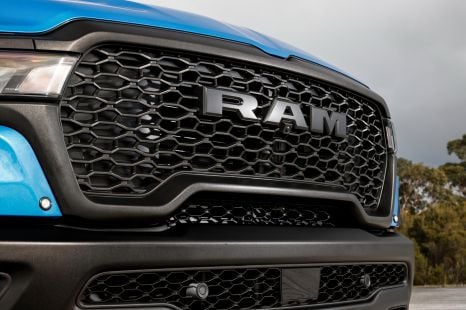

William Stopford
34 Minutes Ago
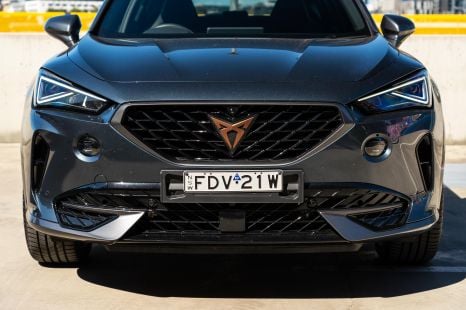

James Wong
2 Hours Ago
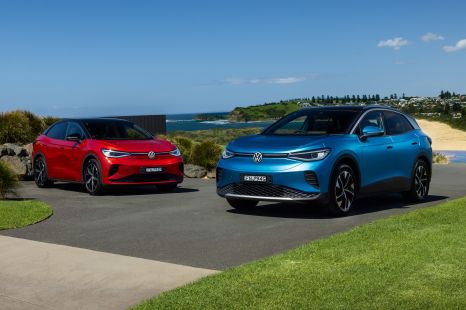

Damion Smy
4 Hours Ago
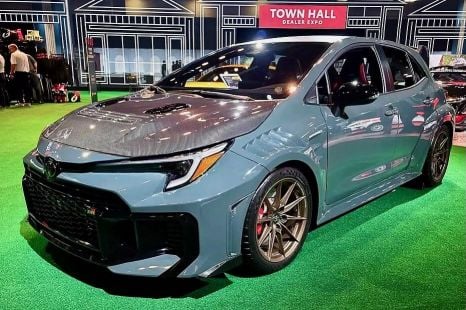

Ben Zachariah
4 Hours Ago


CarExpert.com.au
4 Hours Ago